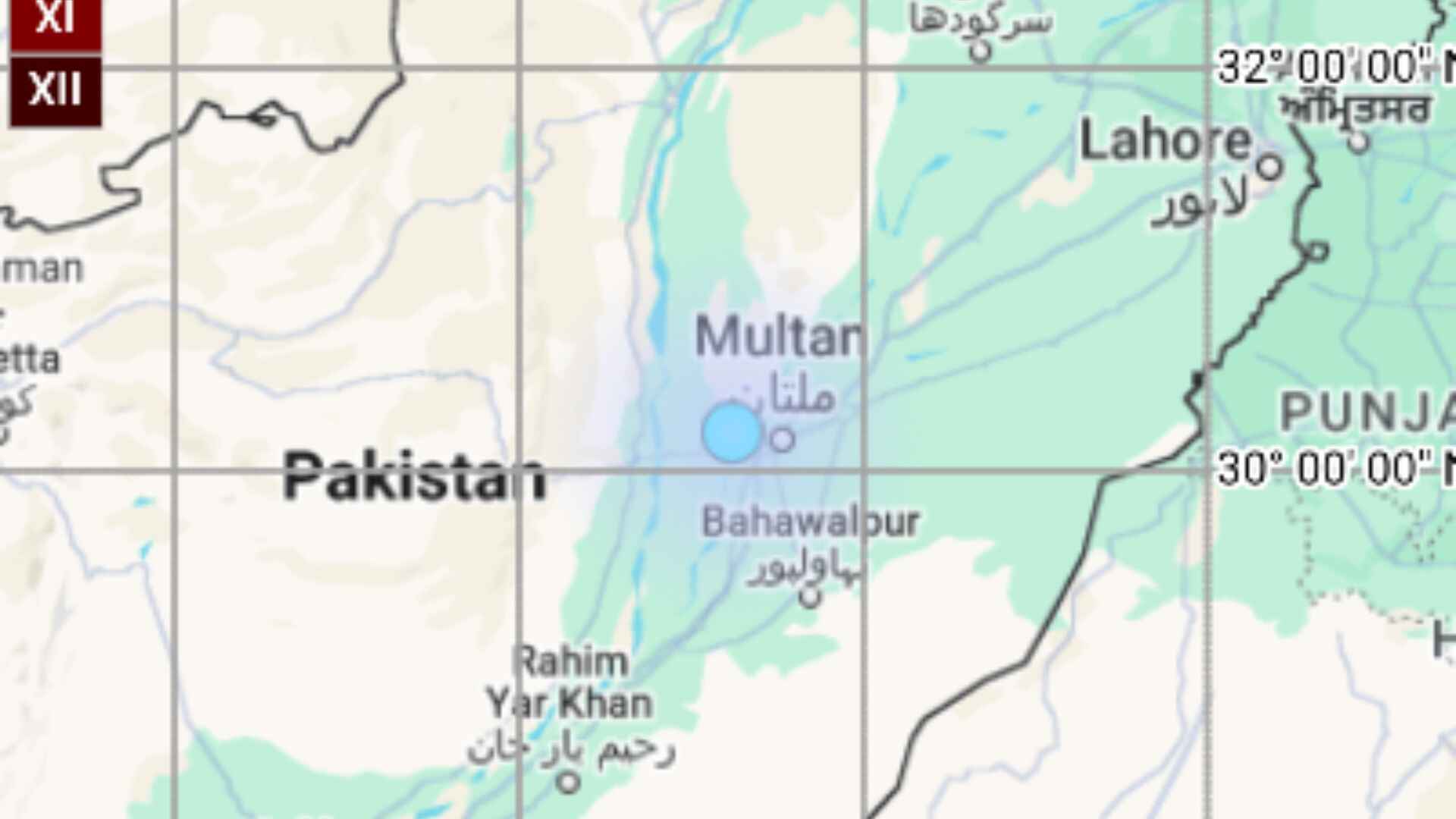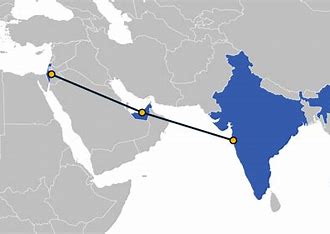Understanding data and interpreting it in a visual format can greatly drive decision-making in any active organization. One of the ways we achieve this is through the use of data visualization tools, such as the funnel chart. A funnel chart is a specialized chart type that demonstrates a flow process. It’s often used to represent stages in a sales process and shows the amount of potential revenue for each stage. Below, we shall delve further into the utility of the funnel chart, discussing its benefits and the best practices for its implementation.
At its simplest, a funnel chart is named for its shape, which is similar to that of a funnel: wide at the top and narrow at the bottom. This visualization enables users to understand the progressive reduction of data as it passes from one phase to the next. To get a more solid understanding, funnel chart usage scenarios can range from sales pipelines, where the chart illustrates prospects from lead generation to closed sales, all the way to website visitor trends, outlining the path from site visit to purchase.
A funnel chart indicates a process that begins at 100% and ends with a lower percentage, where steps in between are displayed as horizontal bars. The initial steps include a large population, but as the steps or stages move forward, the numbers reduce, indicating the nature of the process involved. The significance of the format in a funnel shape shows the gradual decrease of data quantity through different steps.
The funnel chart’s main role is to point out the biggest drop-off stages in a process and highlight potential areas of improvement. For example, in a business context, a significant decrease between initial customer interest for a product or service and the final payment could indicate pivotal points of customer drop-off.
One key advantage of funnel charts is their straightforwardness and ease of understanding. They do not require technical knowledge or statistical background to interpret. Any individual, no matter their level of data literacy, can have a crystal-clear understanding of the process being illustrated. This makes it a very democratic, accessible form of data representation that can enhance data-driven decisions.
Funnel charts also prioritize data accuracy. As a result, they provide an impeccable visual representation that’s extremely close to the real-world situation. By doing so, these charts can dramatically enhance the decision-making process and ensure that strategies are based on actual, factual data rather than mere assumptions. This may be pivotal in enhancing the efficiency of many businesses and industries.
Lastly, because they visualize dwindling amounts, funnel charts are especially effective for showcasing the efficiency of sales pipelines or identifying procedural bottlenecks. The easily interpretable visual representation can help point out which step in the process represents potential losses.
It is crucial to pay attention to the preparation needed before the funnel chart’s actual creation. Gathering all the required data, ensuring its accuracy, and being clear about the process stages that will be represented are essential. Without an initial understanding of these steps, creating a meaningful visual representation can be challenging.
Another best practice is to highlight each stage of the process clearly. To effectively communicate the different steps of a process, each part of the funnel should be labeled accurately. Plus, color usage should be purposeful so as to not confuse the chart reader and should reinforce the flow of information.
Finally, funnel charts must have an appropriate scale. Since the chart is based on the comparative lengths of the funnel sections, using a scale that accurately represents the decrease in each stage is necessary. A distorted scale can give a misleading visual representation of the process.
Leveraging funnel charts is proven to be a strategic approach in the modern data-driven corporate world. The benefits of funnel charts in data visualization and decision-making are profound. They offer an excellent blend of simplicity, accuracy, and efficiency, making them a reliable choice for process analysis in diverse sectors. Through the optimal usage of such tools, industries can enhance their practices and boost efficiency.















